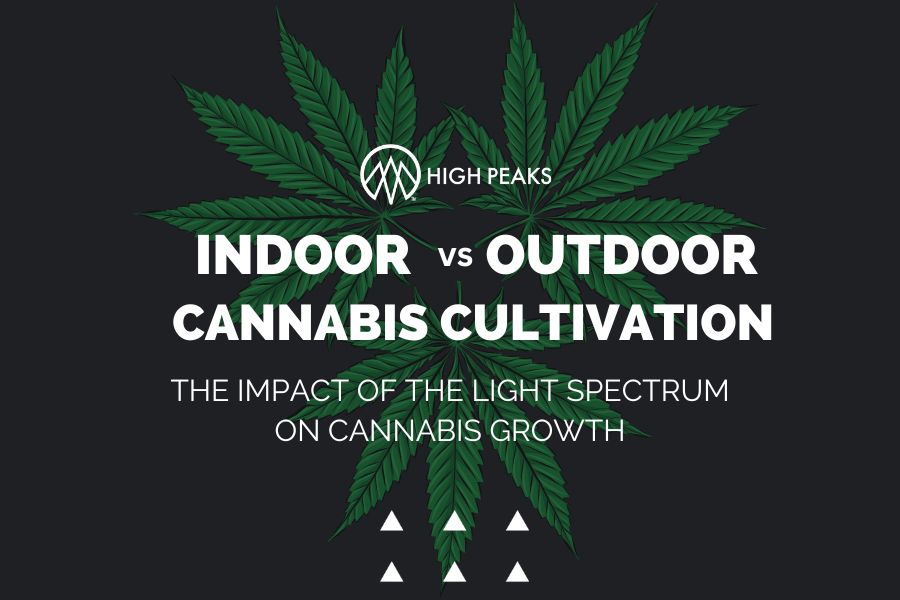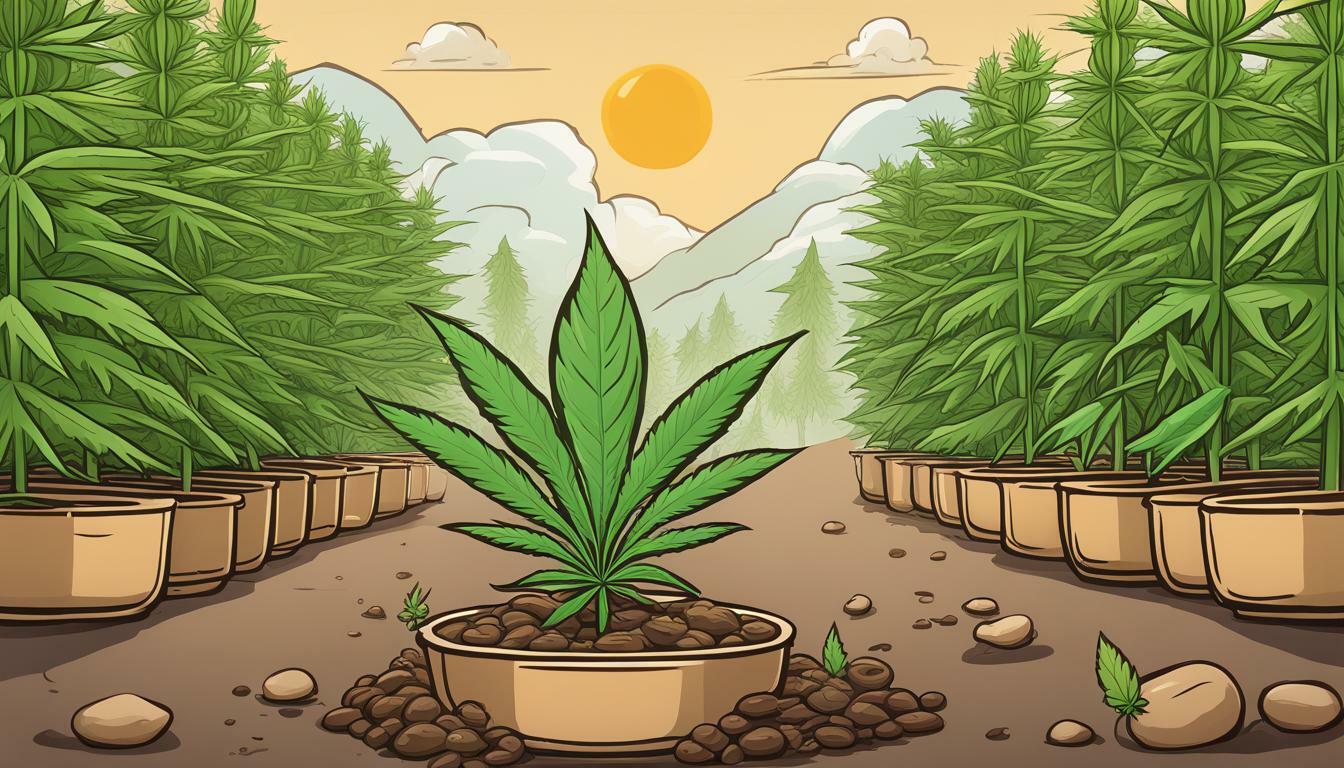As the cannabis industry continues to grow, cultivators must make crucial decisions regarding the methods used to produce their crops. One of the most significant choices is whether to grow cannabis plants indoors or outdoors. Both methods have their advantages and drawbacks, which ultimately impact the quality, yield, and sustainability of the final product. Below, we’ll examine the pros and cons of indoor vs outdoor cannabis cultivation to help you make an informed decision for your operation.
Control and Consistency: The Perks of Indoor Cultivation
Indoor cannabis cultivation offers cultivators a controlled environment in which they can meticulously manage factors such as temperature, humidity, and light exposure. This level of control often leads to consistent, high-quality crops, as growers can provide the optimal conditions for their plants at all times. Additionally, indoor cultivation minimizes the risk of pests, diseases, and weather-related issues, ensuring that crops remain healthy throughout the growth cycle.
However, the indoor cultivation process can be energy-intensive and costly, as it requires artificial lighting, heating, and cooling systems. As a result, indoor-grown cannabis may have a higher carbon footprint and can be more expensive to produce than its outdoor-grown counterpart.
Sustainability and Affordability: The Appeal of Outdoor Cultivation
Outdoor cannabis cultivation relies on natural sunlight, rainfall, and ambient temperatures, making it a more sustainable and environmentally friendly option. Growing cannabis outdoors can also be more cost-effective, as it eliminates the need for costly equipment and energy consumption associated with indoor cultivation.
Moreover, outdoor-grown cannabis plants tend to grow larger and yield more product due to the abundance of natural resources. However, outdoor cultivation comes with its own set of challenges, such as vulnerability to pests, diseases, and weather fluctuations. The final product’s quality can also be less predictable due to these environmental variables and the limitations of controlling them.
Hybrid Cultivation Methods: Striking a Balance
To harness the advantages of both indoor and outdoor cultivation, some growers are turning to hybrid cultivation methods. Greenhouses, for example, provide a controlled environment while still utilizing natural sunlight, offering the benefits of both approaches. Additionally, light deprivation techniques can be employed to control the plants’ exposure to light, effectively combining the precision of indoor cultivation with the sustainability of outdoor growing.
However, hybrid cultivation methods still require some investment in infrastructure and temperature control systems, making them more expensive than traditional outdoor cultivation. Also, while they offer a balance between the two methods, they may not provide the same level of control as a fully indoor setup or the cost savings of a fully outdoor one.
Making the Choice
When choosing between indoor and outdoor cannabis cultivation, it is essential to consider factors such as cost, sustainability, and the desired level of control over the growing environment. Indoor cultivation offers consistency and control, while outdoor cultivation presents sustainability and affordability. Hybrid methods can provide a balance between the two, but may not fully satisfy either extreme. Ultimately, the choice will depend on your specific needs, goals, and resources as a cannabis cultivator.





